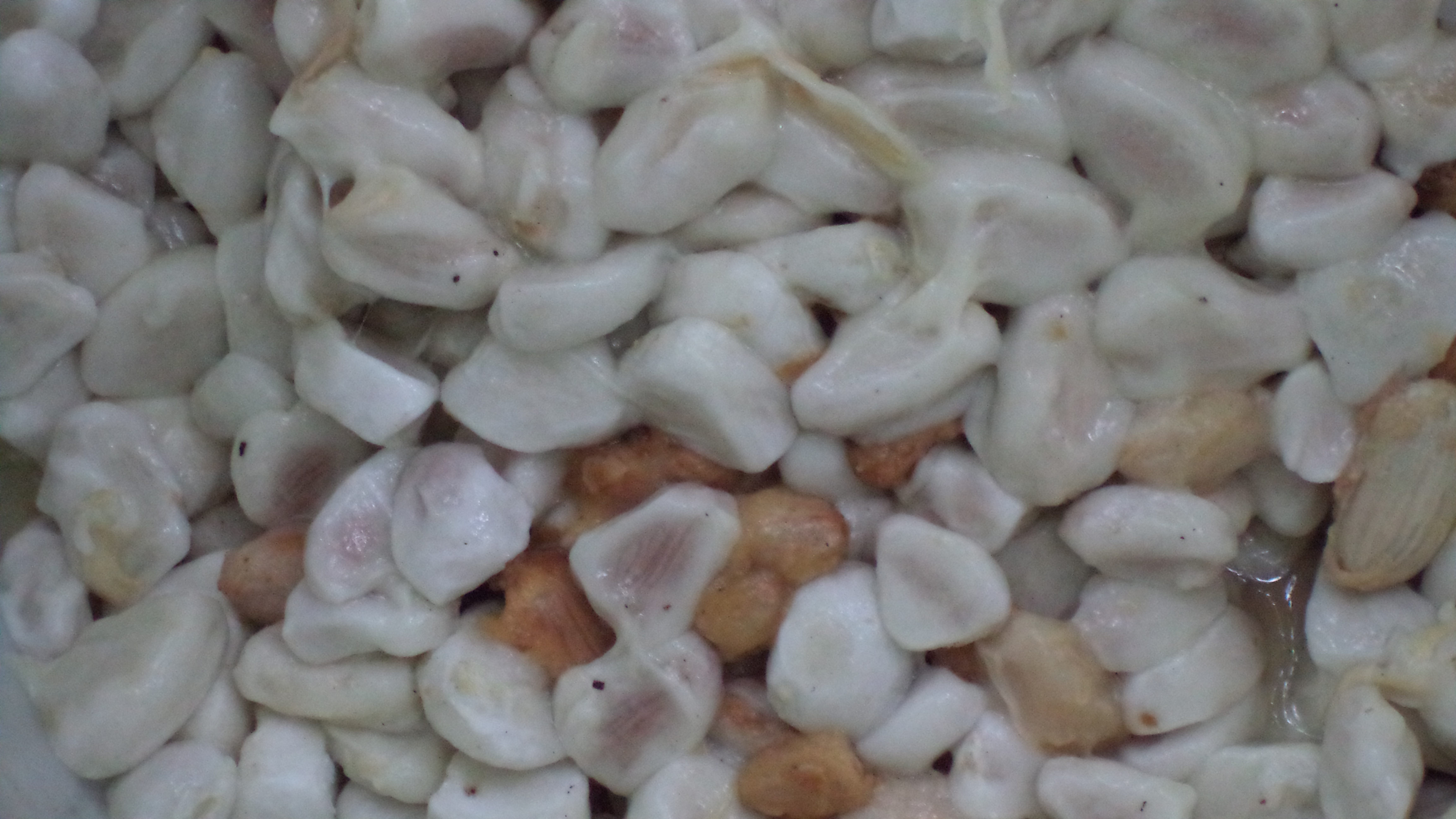The research presented in this document was commissioned by CRS. The research was conducted under the auspices of Socio-Dig, a Haiti-based research company. The report is a baseline for the project, “Creating Alliances In Cocoa For Improved Access And Organization In Haiti.” The project was designed and funded by the International Development Bank with the goal of developing Haiti’s long experience and potential as a regional cacao producer and bring increased revenues to the estimated 200,000 producing families engaged in cacao production. Specifically the project will work through existing cooperatives to,
1) Strengthen institutional support to producers and connections among producer groups
2) Improve producer exposure and access to training in cultivation and post harvest processing strategies and technologies
3) Improve access to finance and credit instruments
4) Increase access to new local and overseas markets
The target areas are Haiti’s two principal cacao growing regions, the s Department of the Grand Anse (communes of Chambellan, Dame-Marie, Anse d’Hainault and Irois) and the Department of the North (communes of Borgne, Port-Margot, Grande Rivière du Nord, Acul du Nord and Milot). CRS estimates that in the Grand Anse there are 4,000 small farmer households who produce cacao and 3,000 in the North.
Haiti_Cacao_Baseline_CRS_12_31_2014_Draft_v1







